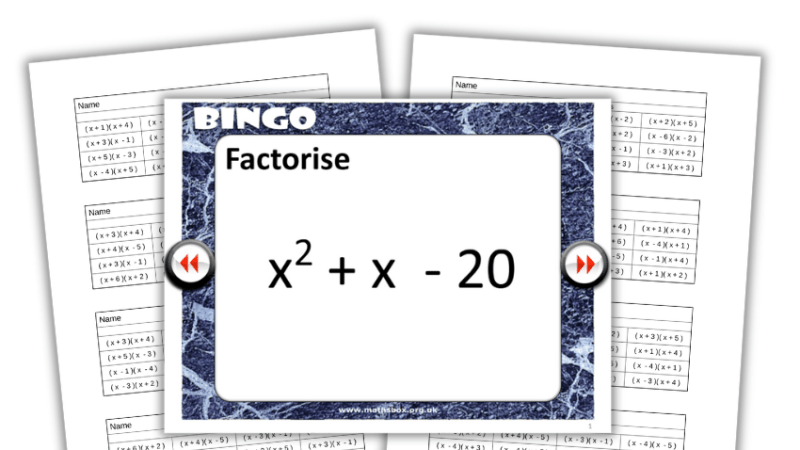Singapore Maths? The UK Can Still Teach 2016’s PISA Chart Toppers A Thing Or Two
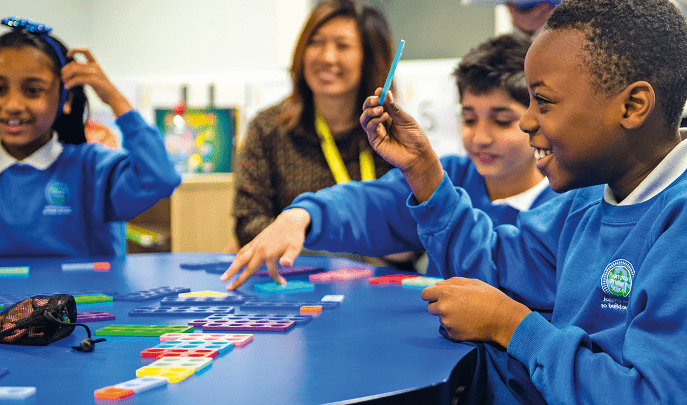
"In Singapore, we've always given the best teachers to the highest-achieving classes because we are trying to get the best results"
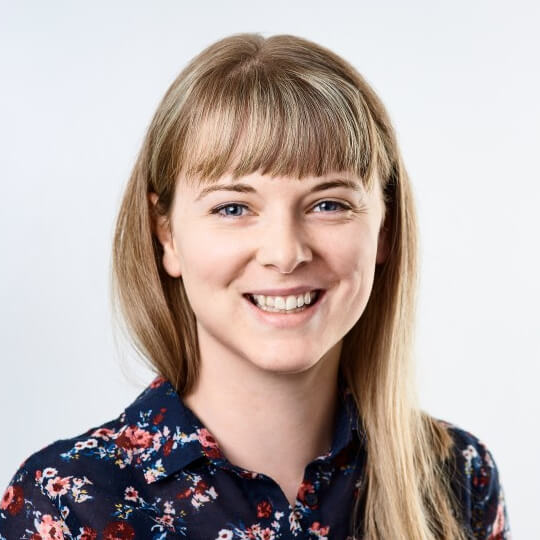
- by Elaine Bennett
- Digital content manager for Teachwire and former Teach Primary magazine editor
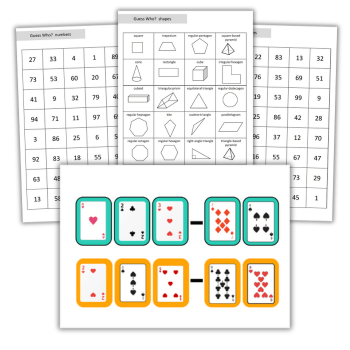
Stepping into a maths lesson at Brampton Primary in East Ham, London, this time two years ago would have been a very different experience to now. ‘Maths used to be a lot of abstract-process methods,’ maths lead Alex Wedgbury explains. ‘There were certain units of work where you could really teach for understanding, but a lot of it was teaching children the formal written method.’
In September 2015, Brampton bought into Maths – No Problem! – a research-based teaching programme founded on the learning theories of Piaget, Dienes, Bruner, Skemp and Vygotsky, and refined over the last 30 years in Singapore.
Lessons are taught using problem-solving approaches, aiming to equip pupils with the fluency and thinking skills to apply their knowledge to different mathematical problems. ‘That deeper understanding really helps in all areas of maths, and means we’re equipping children with a thorough understanding of the process that they can replicate,’ says Alex.
Kate Moore of Maths – No Problem!, whose books and resources are used by the school, says, ‘The Singaporean teaching system was developed by being very outward looking and while they have much to show us about maths teaching, they are keen to learn from the experience of other countries.
Earlier this year, we took teachers to Singapore so that they could see best practice maths teaching in action. The second part of the teacher exchange was for the Singaporean teachers to visit London to learn about inclusion and how we support children with special educational needs in mainstream education.’
In April 2015, Alex had his chance to visit Singapore, spending time at Woodlands Ring Primary School. ‘It was incredibly eye-opening in a number of ways,’ he says. ‘One of the things that really underpins the Maths – No Problem! philosophy is the concrete-pictorial-abstract approach, which was something we hadn’t really done before.
It was so evident in the lessons we saw over there that everything they did was taught through that, so it’s something we’ve brought back to Brampton Primary, making sure children have the opportunity to explore concrete resources, before moving to pictures, then finally the abstract.’ Continuing in the vein of sharing learning methods, the school recently hosted Teo Sok Eng, SEN specialist, and Sharon Tan, maths specialist, from Singapore. ‘We were interested in finding out whether students with moderate disabilities are taught by general education teachers or teaching assistants’, explains Sok Eng. ‘What is the teacher to student ratio like?’
Sharon and Sok Eng spent the first morning of their visit observing a remedial maths lesson for eight students who needed additional help. The lesson was taught by maths lead Alex, with additional support from teaching assistants.
‘There’s only one special education teacher to 1,500 students in Singapore’, Sok Eng explains. ‘There are also only about four teaching assistants and they only have about three months of very general training,’ Sok Eng continues. ‘Very often, these teaching assistants work with children with special needs, but they are a bit lost. They want to help the students and are supposed to work together with the classroom teachers, but in actual fact, they often work on their own’.
Colleague Sharon adds, ‘I’m amazed to see how the Singapore method has been adapted for the needs of students in the UK. Schools over here pull out different levels of students, and the class sizes are so small. The best teacher is placed in the classroom to teach them. In Singapore we don’t give students as much time to pick things up in comparison to what Alex has given them in today’s lesson.’ Sok Eng says, ‘I feel that it’s right to give special needs students the best teachers. In the past in Singapore, we’ve always given the best teachers to the highest achieving classes because we are trying to get the best results.’
After his small remedial class focusing on multiplying fractions, Alex admits that the Singaporean maths method does require more effort. ‘It would have been very easy to go into that lesson and say, ‘Just multiply the numerator by the numerator and the denominator by the denominator and you’ll get the right answer’. Some of the students still don’t have a good enough grasp of fractions and my lesson was trying to address that in a bit more detail. That particular group will need more time to consolidate that before we move onto the abstract.’
Sok Eng hopes that more attention can be paid to struggling students in Singapore in the future. ‘Our ministry is moving towards that, but I hope they move a little faster so this group of children get more help. We should involve classroom teachers more often, and break students down into smaller groups. In my country, children like this stay in the main classroom. Class sizes range from 30 to 40 students. If special needs students do not have behavioural problems, they are just left on their own. Because we don’t have enough teaching assistants to go round – 18 classes and only four assistants – it’s very tough to reach out to all these children’.
Sharon adds, ‘In Singapore we teach children the basics and then have to move on to meet targets. We have a lot to cover and need pupils to be ready for the tests at the end of year six, so it’s more about driving them – do your lesson, do your homework, then the next day, another new thing. It’s very difficult for the children to cope.’ Alex is also aware of upcoming SATs and is mindful that today’s lesson has meant the children missing other classes. ‘It would have been much easier to teach the abstract theory and move forward,’ he says, ‘but in the long run, the benefits of the Singapore method certainly outweigh the drawbacks’.
For Sok Eng, the first thing she would like to see change in Singapore is the funding that SEND students receive. ‘If the ministry of education is really serious about wanting to help, send us more money,’ she says. ‘It is a life that we are looking at, not just a number. We need funding for this group of children so we can hire and train more teaching assistants. We need to give them the best teacher, put them in small groups and show that they really can learn and gain confidence. That’s what I saw today in Alex’s class.’
For Sharon, the main take-home message from her visit is the passion shown by her UK counterparts. ‘The teachers are here for the children, not just the money. In Singapore they are not that passionate. How do we bring back this message to Singapore? We really need to love the children as they are. Students come in with different needs; they may have home problems, but when they come to us we should love them as they are and not judge them.’
Meet the Staff
Sharon Tan, Singapore maths specialist
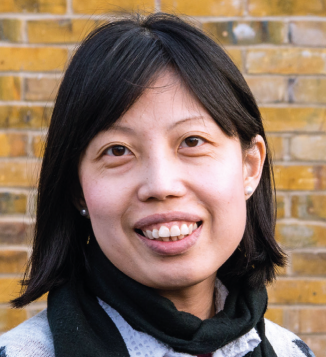 ‘Students come in with different needs but we should love them as they are.’
‘Students come in with different needs but we should love them as they are.’
Alex Wedgbury, UK maths lead
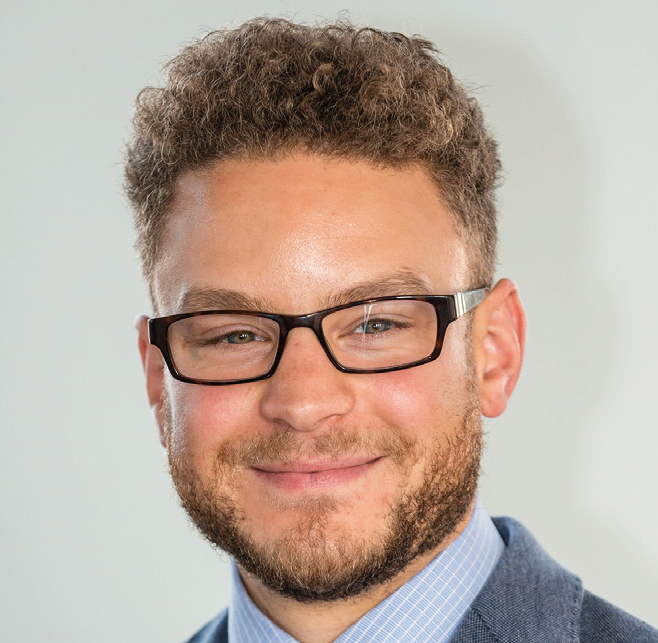 ‘In the long run, the benefits of the Singapore method certainly outweigh the drawbacks.’
‘In the long run, the benefits of the Singapore method certainly outweigh the drawbacks.’
Teo Sok Eng, Singapore SEN specialist
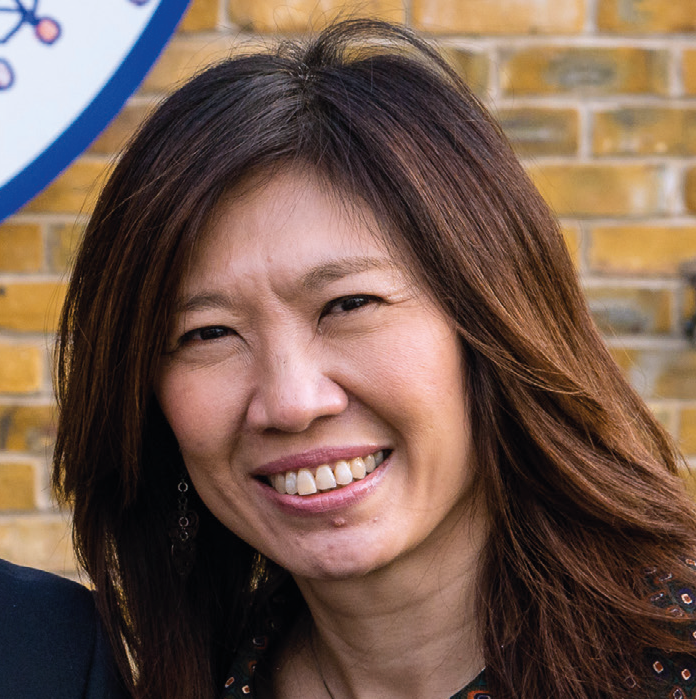 ‘There’s only one special education teacher to 1,500 students in Singapore.’
‘There’s only one special education teacher to 1,500 students in Singapore.’
Find out more about Maths – No Problem! at mathsnoproblem.co.uk.



